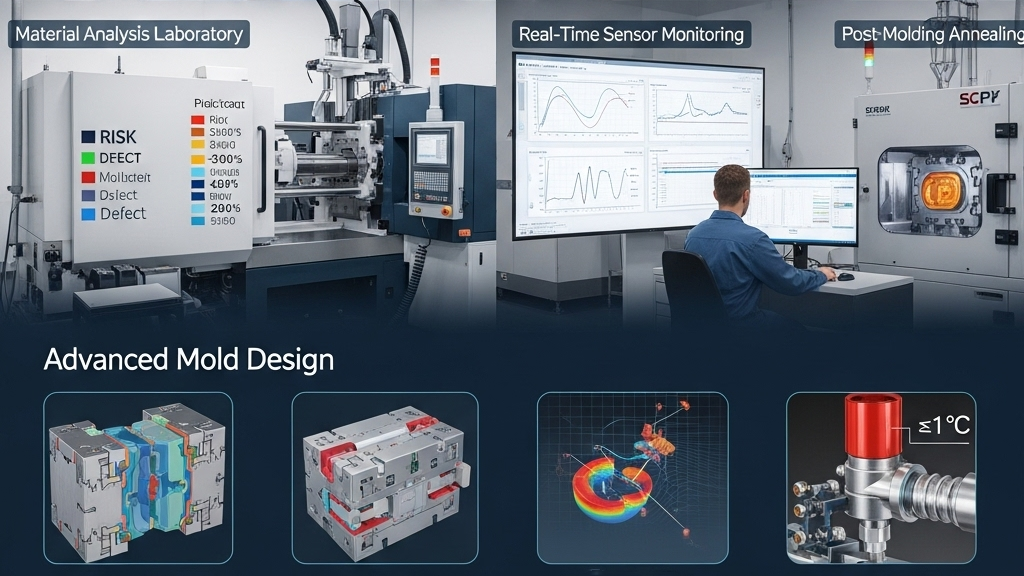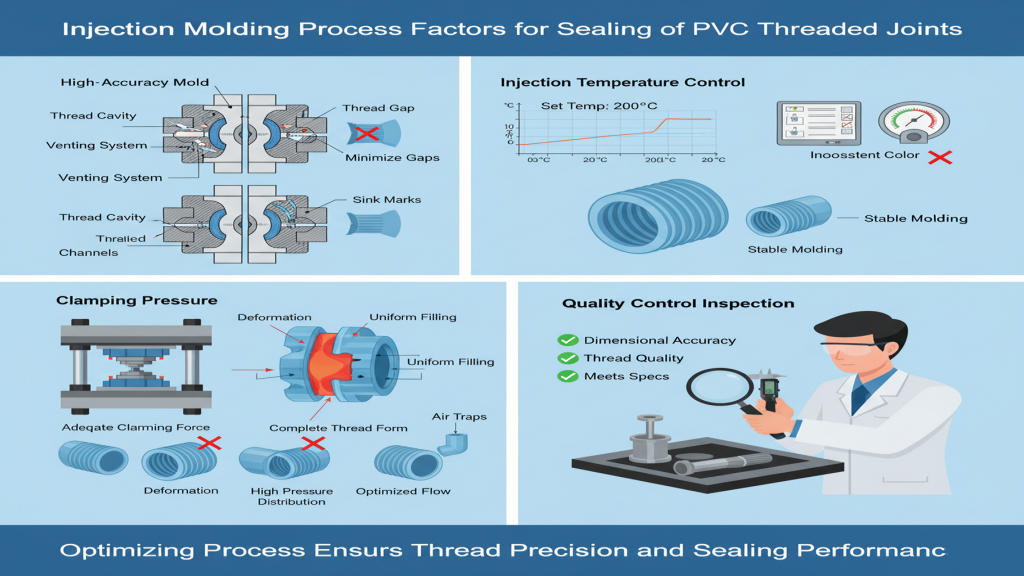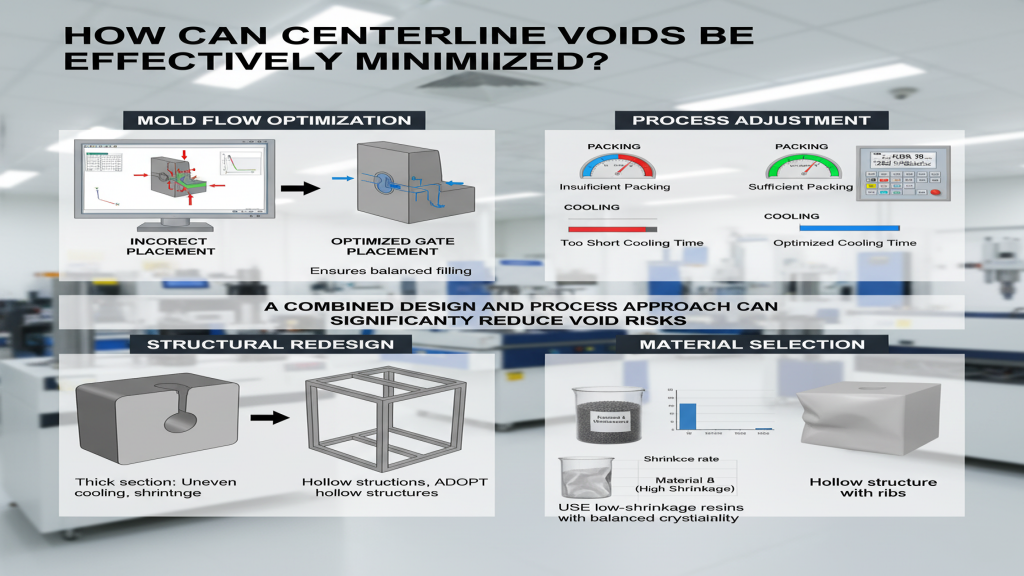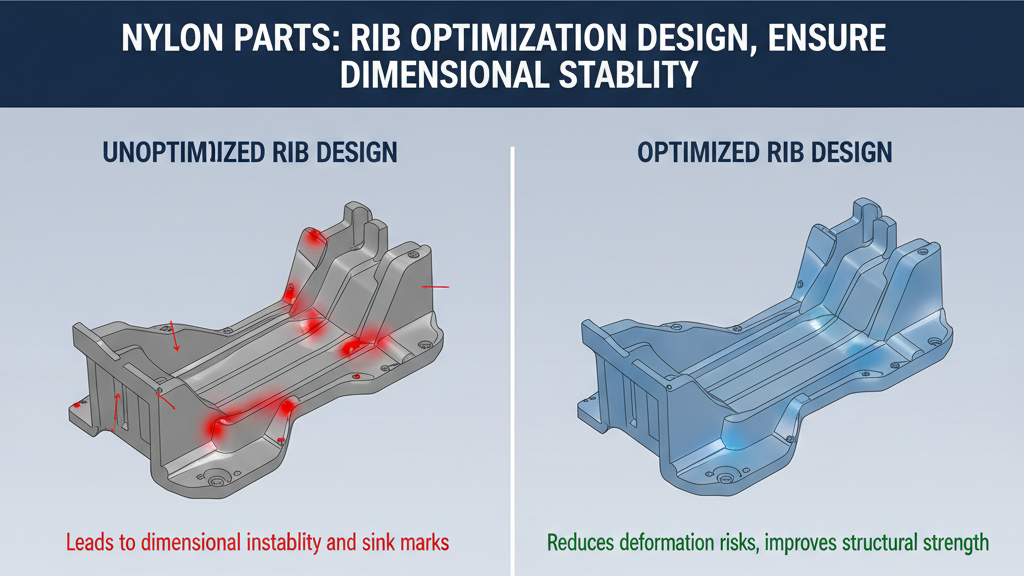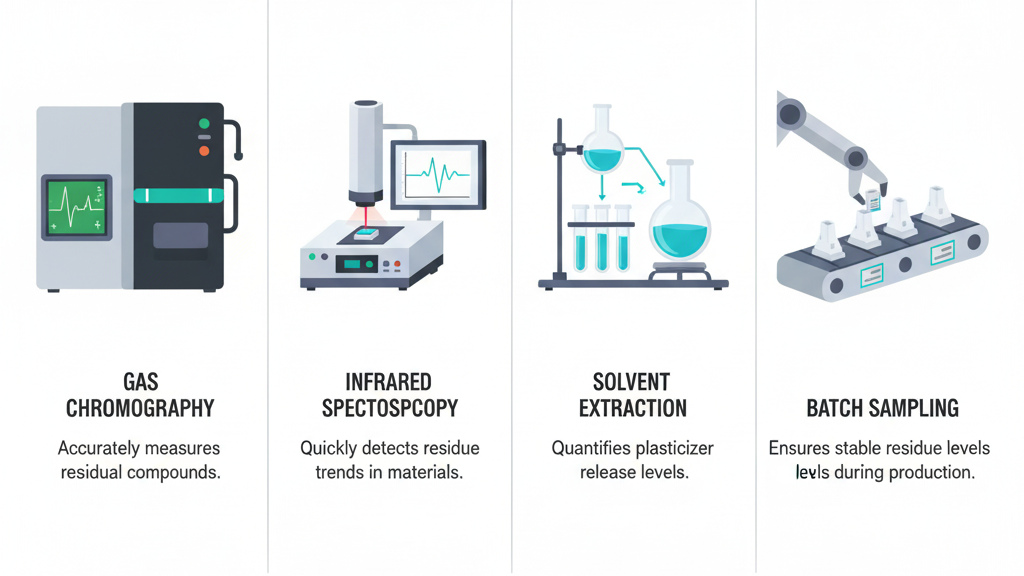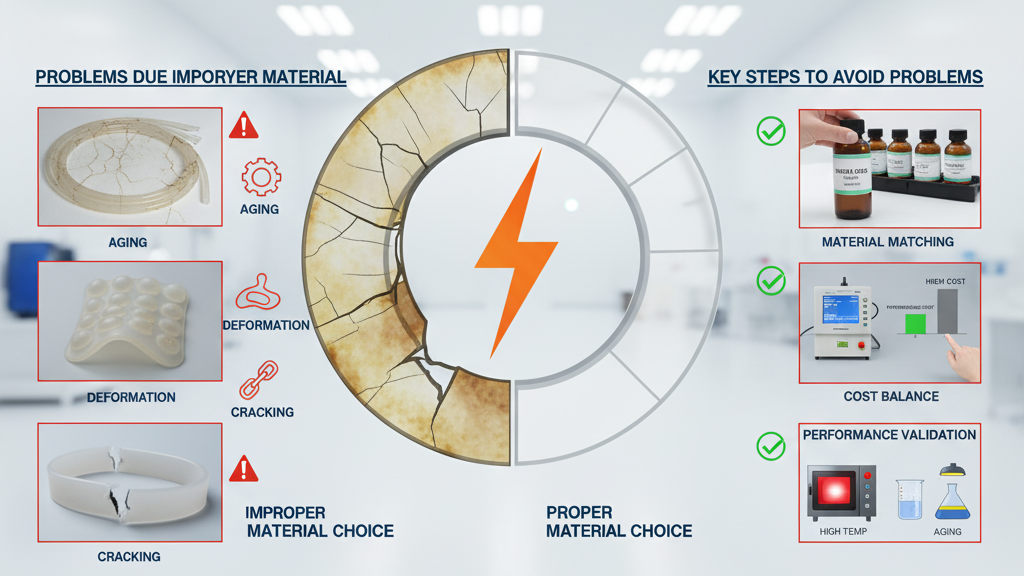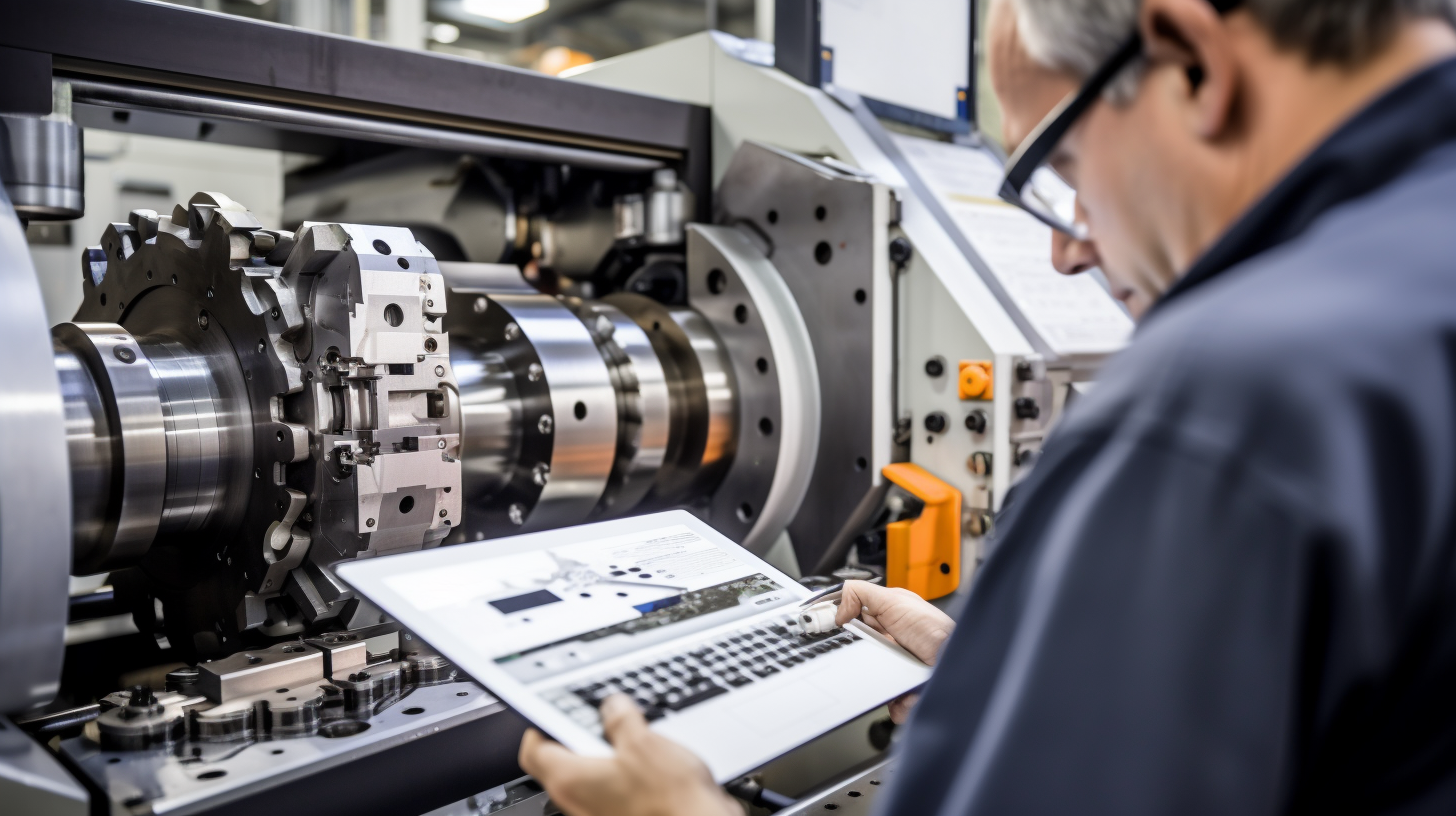
Selecting the right mold type for injection molding is critical for minimizing costs while maintaining quality. To choose the most cost-effective mold type, consider factors such as part complexity, production volume, material choice, and mold material. The right mold can significantly reduce manufacturing costs, improve cycle time, and enhance the efficiency of the injection molding process.
Let’s explore the key considerations for choosing the best mold type to optimize cost-efficiency in injection molding.
Why Is Mold Type Selection Important for Cost Efficiency?
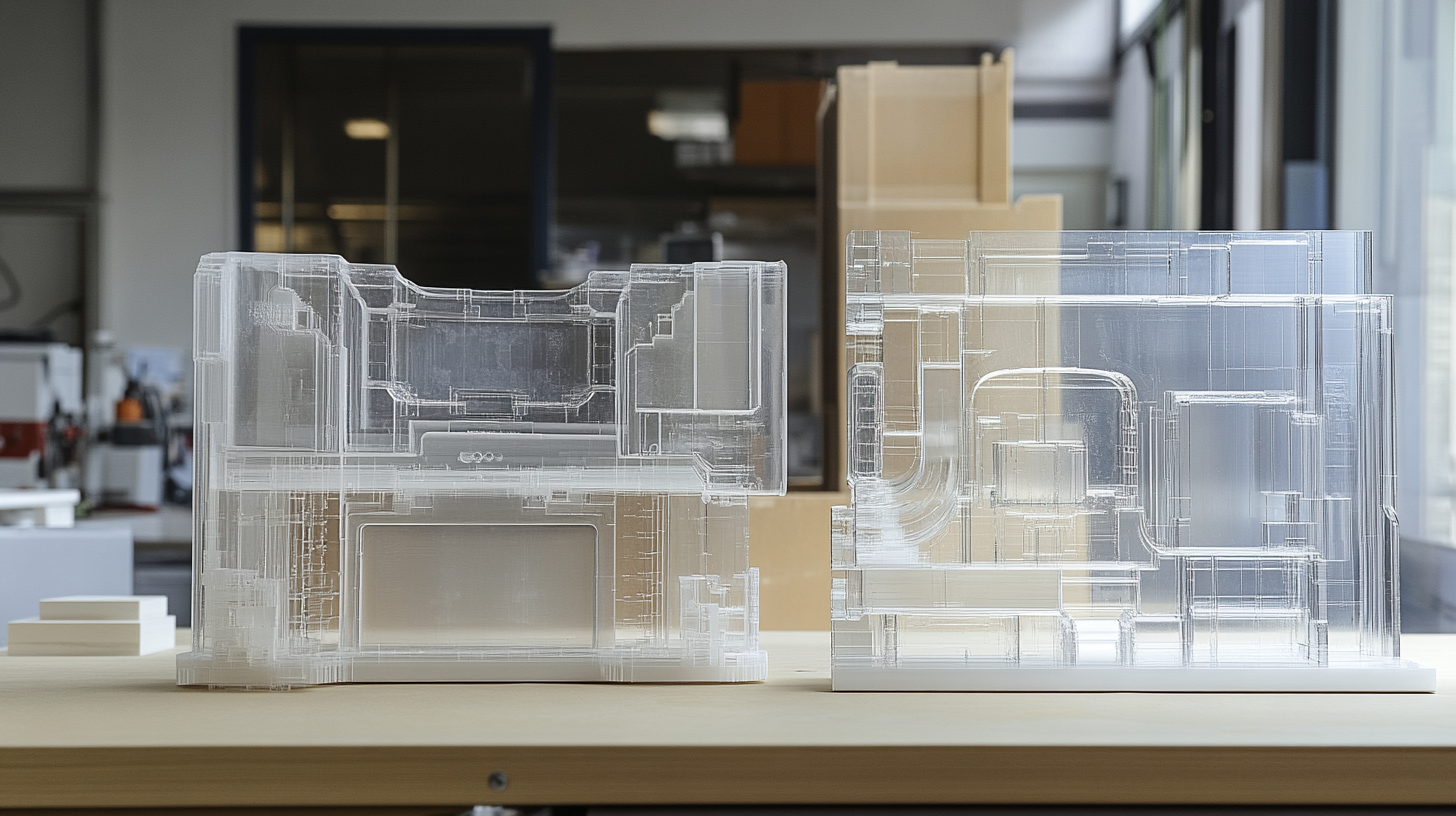
Mold type selection directly impacts both the initial cost and long-term manufacturing expenses. Different molds have varying up-front costs, tooling expenses, and maintenance requirements. For example, a single-cavity mold may have lower upfront costs but is less efficient for high-volume production compared to multi-cavity molds.
For high-volume production, multi-cavity molds reduce the per-part cost by producing multiple parts in a single cycle. However, multi-cavity molds come with higher upfront costs. On the other hand, for smaller production runs, a single-cavity mold is often a more cost-efficient option despite producing fewer parts per cycle.
How Does Part Complexity Influence Mold Selection?
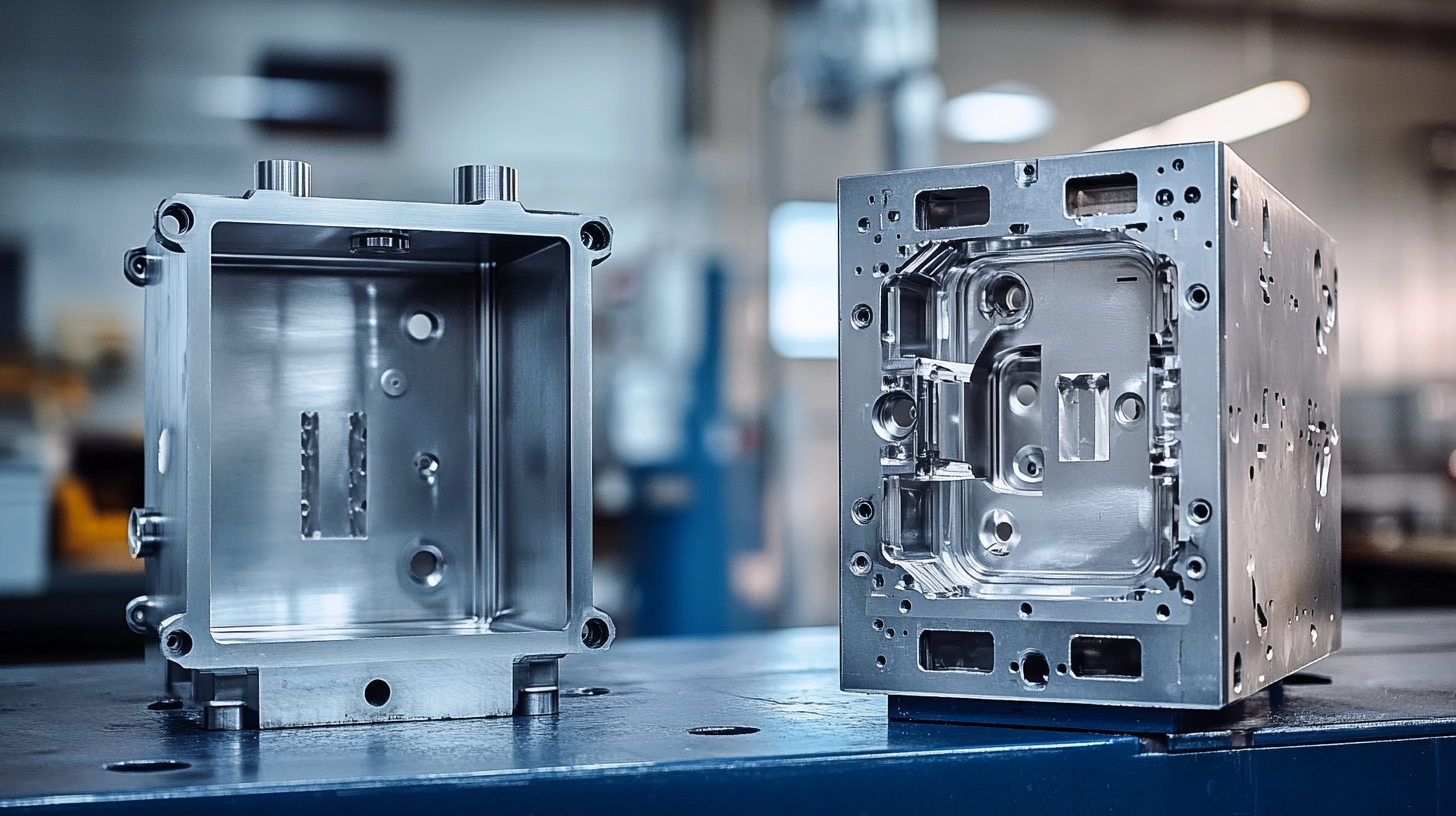
The complexity of the part being produced plays a significant role in determining the best mold type. Parts with intricate features, such as undercuts, deep cavities, or fine details, require more complex molds that might be more expensive and time-consuming to manufacture.
For simple parts with straightforward geometries, single-cavity molds can be used cost-effectively, as they are simpler to design and manufacture. However, for more intricate parts, [family molds](How do family molds help reduce costs in injection molding?) or hot runner molds might be necessary to accommodate the additional complexities while still maintaining a reasonable per-part cost.
How Do Production Volumes Affect Mold Choice?
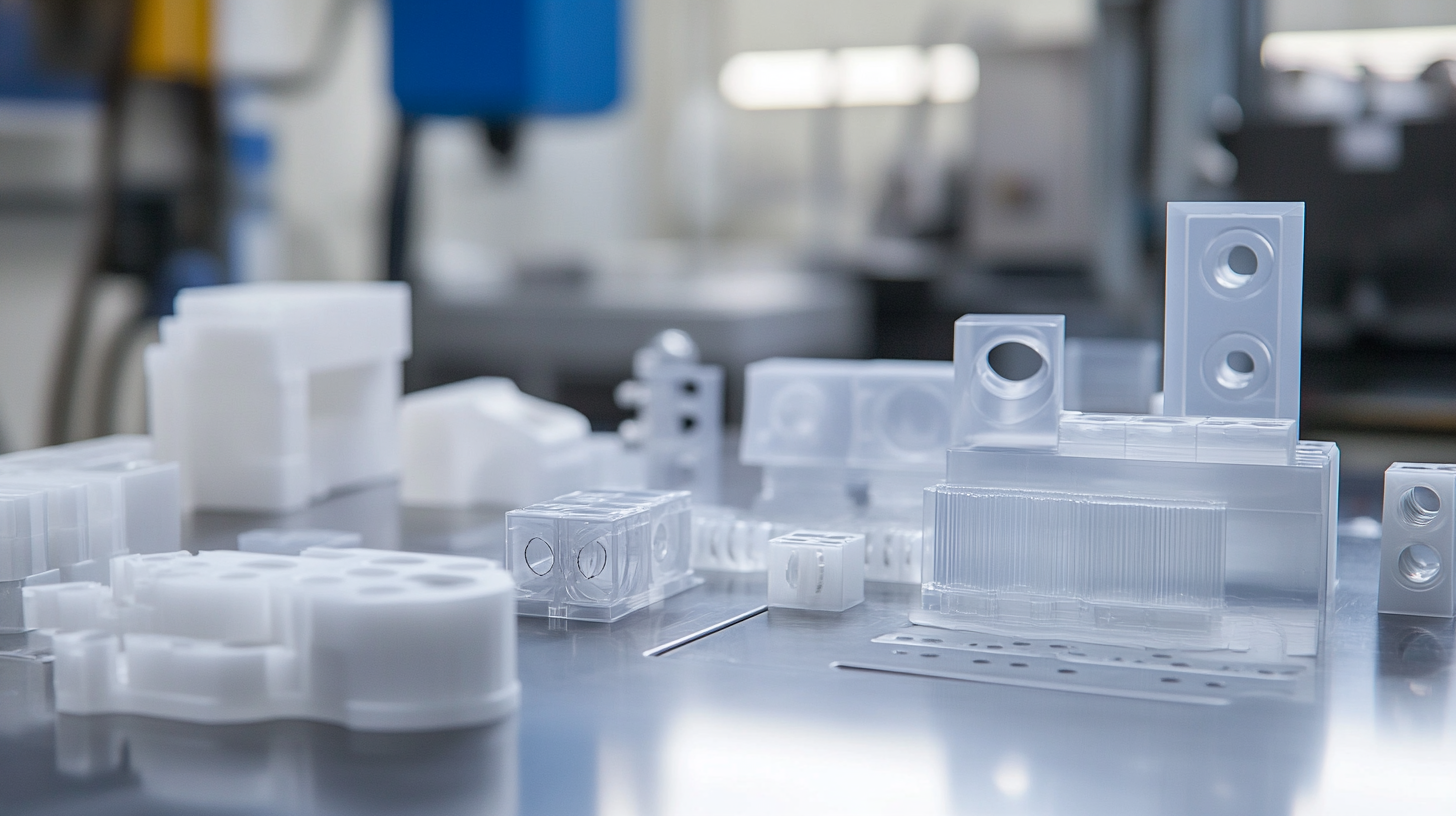
Production volume is one of the most important factors in determining which mold type will be the most cost-efficient. For low-volume production runs, a single-cavity mold or prototype mold may be sufficient, allowing for faster turnaround times and lower initial investment.
For high-volume production, multi-cavity molds or stack molds become more cost-effective, as they enable higher output per cycle, reducing the overall cost per part. Although multi-cavity molds require a larger initial investment, their efficiency in high-volume production significantly lowers per-part costs over time.
What Role Does Material Selection Play in Mold Choice?
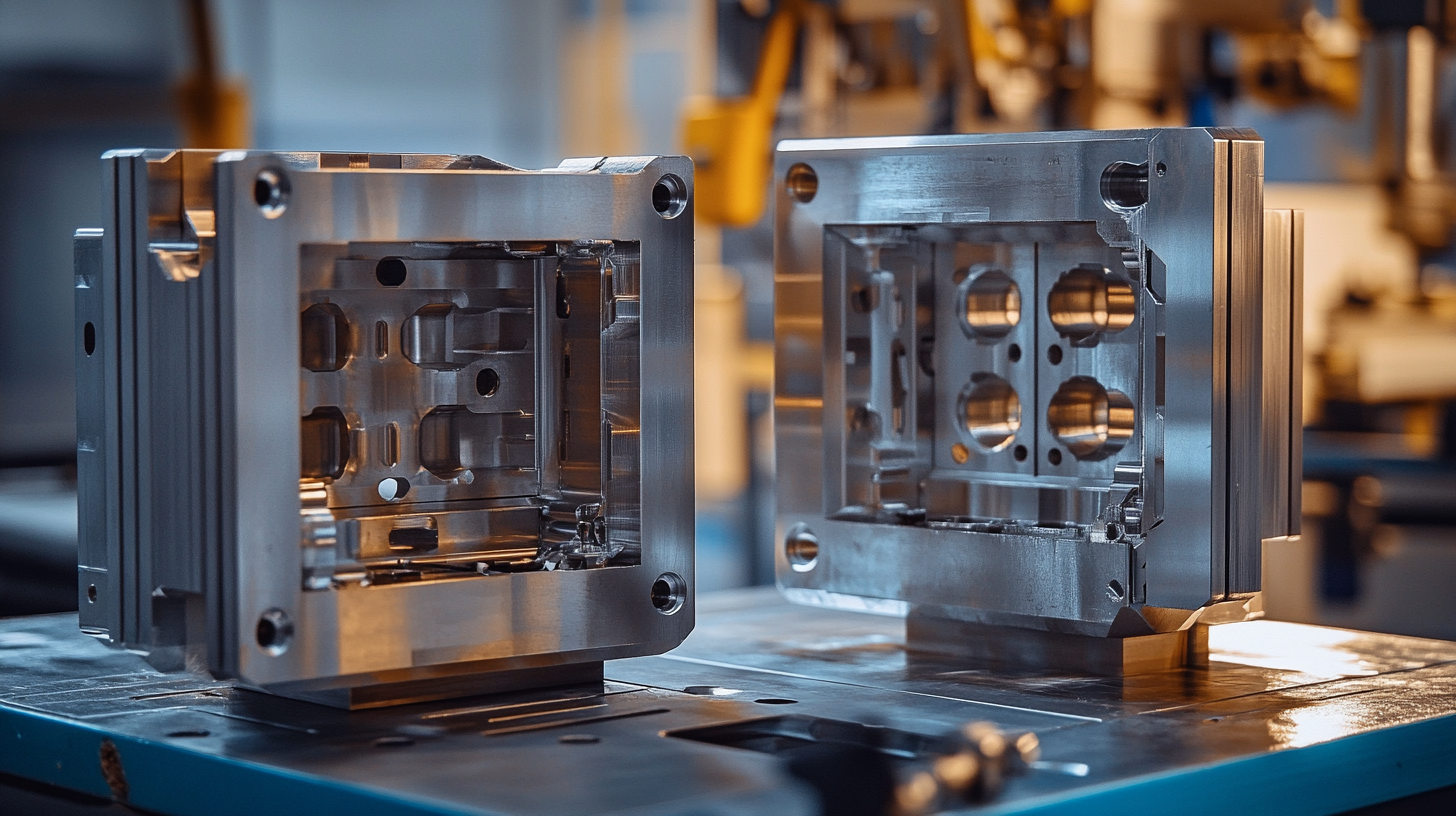
The material selected for injection molding directly impacts the mold design and cost. Harder, more abrasive materials (like glass-filled polymers) may require more durable molds made of stronger steel, increasing the mold’s upfront cost. Conversely, for materials like standard thermoplastics (such as polypropylene or polyethylene), simpler molds can be used to reduce cost.
The choice of material affects the wear and tear on the mold, which can impact maintenance costs over time. Materials with higher thermal conductivity, such as aluminum, are often used for shorter production runs due to their lower cost and faster cycle times compared to steel molds, which are more durable and suitable for high-volume runs.
Comparison of Mold Types for Cost Efficiency
| Mold Type | Ideal Use Case | Cost Efficiency | Advantages |
|---|---|---|---|
| Single-Cavity Mold | Low-volume production | Lower initial cost | Quick turnaround, simple design |
| Multi-Cavity Mold | High-volume production | Lower per-part cost in high volume | Produces multiple parts per cycle |
| Family Mold | Parts with similar geometry | Cost-effective for multi-part production | Reduces number of mold changes |
| Hot Runner Mold | High precision, low-waste production | Efficient for high-volume, low waste | Reduces material waste and scrap |
| Stack Mold | High-volume production with large parts | Maximizes efficiency in large parts | Produces parts simultaneously |
Key Tips for Choosing the Right Mold Type
- Assess Production Volume: High-volume runs benefit from multi-cavity or stack molds, while single-cavity molds are ideal for low-volume runs.
- Consider Part Complexity: For complex parts, multi-cavity or family molds may be necessary, while simple designs work well with single-cavity molds.
- Evaluate Material Properties: Choose mold materials that suit the chosen plastic material to avoid unnecessary mold wear.
- Factor in Maintenance and Longevity: Consider the long-term costs of maintenance and mold durability to ensure cost efficiency over time.
Conclusion
Choosing the right mold type is essential for balancing cost-efficiency and production requirements in injection molding. By carefully considering production volume, part complexity, material selection, and mold durability, manufacturers can optimize their injection molding processes to achieve the best per-part cost and overall efficiency.
For expert advice on mold selection and injection molding optimization, visit our resource center or contact us. Let’s help you make the best choice for your manufacturing needs!

